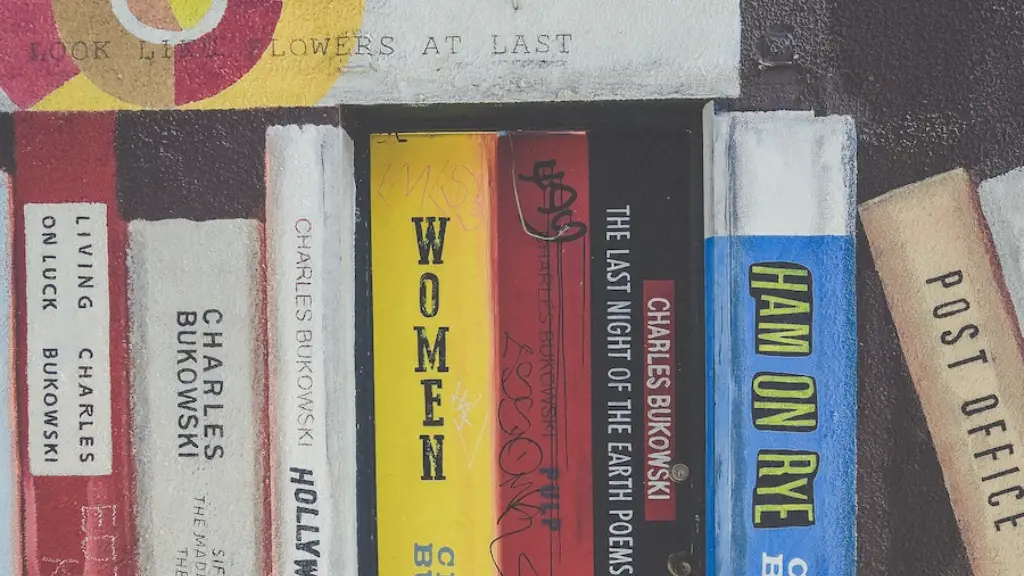As a leader of the Harlem Renaissance, Langston Hughes revolutionized African-American literature. A key figure in the artistic and cultural movement of the 1920s, he was an influential playwright, poet, novelist, essayist and social commentator.
Born on February 1, 1902, in Joplin, Missouri, James Langston Hughes was part of an abolitionist family. His grandmother was born into slavery, while his father was an activist in the Republican Party during Reconstruction. His mother was determined that her son should be exposed to literature and the arts.
Hughes attended Columbia University in New York. He cut classes and worked odd jobs to finance his writing, then sent poems to a variety of newspapers and magazines, including The Crisis and The Nation. His first book of poems, “The Weary Blues,” was published in 1926.
In the mid-1920s, Hughes traveled to Europe, Mexico and the Caribbean, where he was known for embracing the zeitgeist of the Harlem Renaissance. He wrote his revolutionary work “Fine Clothes to the Jew” in 1926, which gave him national attention by defining the “New Negro.”
Hughes was a major figure in the Harlem Renaissance because of his artistic contributions and political activism. From jazz poetry to novels and plays, his works expressed the wonders, sorrows and heart of African-American life in the early 20th century. His writing explored the racial oppression he witnessed and the alienation of African-Americans in a white-dominated society.
One of his best-known works was the play “Mulatto,” which he wrote in the 1930s. It is the first Broadway play written by an African-American and deals with passing, moving between racial categories and identity. The play has been revived several times and is seen as a classic.
In 1931, Hughes was awarded a Guggenheim Fellowship, which allowed him to travel to West Africa and the Soviet Union. He wrote about his experiences there in books like “I Wonder As I Wander” and “The Big Sea,” which explored the exploitation of African-Americans, but also the beauty and hope of his people. Hughes was also active in the civil rights movement, speaking out against racism and advocating for social justice.
Political Activism
Hughes was a major political figure during the Harlem Renaissance, and he used his work to express his opinion of racial issues, class struggle and capitalist exploitation. He was heavily involved in the struggle against racial prejudice and was instrumental in the growth of the civil rights movement. He was vocal in his criticism of the “Jim Crow” statutes, which kept African-Americans from certain public places, and he wrote several articles and poems on this subject.
During the Great Depression, he wrote several pieces encouraging African-Americans to fight for economic and political rights. His poem “Let America Be America Again” is a powerful example of this sentiment, describing the hardships experienced by ordinary citizens and the fight for dignity and justice.
Hughes was part of the American Communist Party for a short time, and his works often reflected his socialist and anti-imperialist beliefs. His work served as a call to action for African-Americans to stand up against oppression and exploitation.
Literary Legacy
Hughes was a trailblazer of African-American literature, and his enduring works have inspired countless writers, poets and activists. He used language and his love for the blues to capture the experiences of African-Americans during the Harlem Renaissance and in the decades that followed. He rejected assimilation and traditional forms of poetry in favor of a lively, lyrical and musical style that focused on “the heartbeats of a nation.”
He also coined the term “Harlem Renaissance” and was one of the first writers to identify the cultural movement and help it reach a wider audience. He opened the door for African-American writers to express themselves in new ways, crafting works of great beauty, dynamism and creativity. His works include stories, plays and music, and he is credited with helping to revitalize African-American literature and making it popular in mainstream culture.
Contribution to the Arts
In addition to his literary contributions, Hughes was an important figure in the Harlem Renaissance. He championed the work of African-American artists, writers and musicians, and wrote several reviews and essays in praise of the movement. He was also a successful publisher and founded the magazine The Commentator, which provided a platform for African-American literary voices.
He helped organize several artistic performances and festivals, exposing the art of African-Americans to a wider audience. Hughes was also a patron of the arts and held reading sessions in his home for emerging writers. His home has since become a landmark in Harlem and a tribute to his great legacy.
Legacy and Memoir
Hughes’ legacy as a leading figure in the Harlem Renaissance remains. While he died in 1967, his works live on and remain as powerful and relevant as ever. His memoir, “I Wonder As I Wander: An Autobiographical Journey,” was published in 1956 and offers readers an intimate insight into his life and accomplishments. The book is still widely read today and serves as a source of inspiration for many aspiring writers and activists.
Social Commentary
Langston Hughes used his wit and wisdom to comment on the racial injustices of his age. His essays, poems and plays addressed the struggles African-Americans faced and highlighted the resilience, strength and pride of black people.
He was politically active, using his work to express his views on issues of civil rights, economic justice and racism. For instance, in his successful short story “The Blues I’m Playing,” Hughes examined the realities of a black musician striving to maintain his artistry in a racist world.
His activism extended beyond his writing, and he was an avid supporter of civil rights organizations and movements. In the 1950s, he donated money to the NAACP and traveled throughout the United States, advocating for civil rights for African-Americans.
International Influence
Langston Hughes’ influence was not confined to the United States. His work served as an inspiration to writers around the world and was translated into several languages. In the 1950s and 1960s, he traveled to Cuba, Spain, the Soviet Union, Israel, Ghana and Ethiopia.
In 1964, his poem “Let America Be America Again” was adopted as the theme song of the Congress of Racial Equality. His writing has also been used in plays and songs to express dissent, hope and courage in the face of oppression and racism.
Legacy Today
Langston Hughes left a lasting legacy, and his work is still celebrated today. His poetry and writing is taught in schools and universities, inspiring generations of readers and writers. He is remembered for his moving works and for his courage, intelligence and eloquence in the face of bigotry and injustice.





